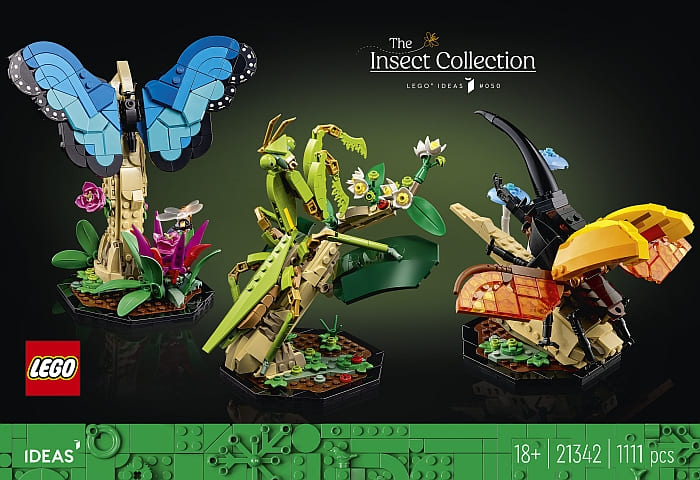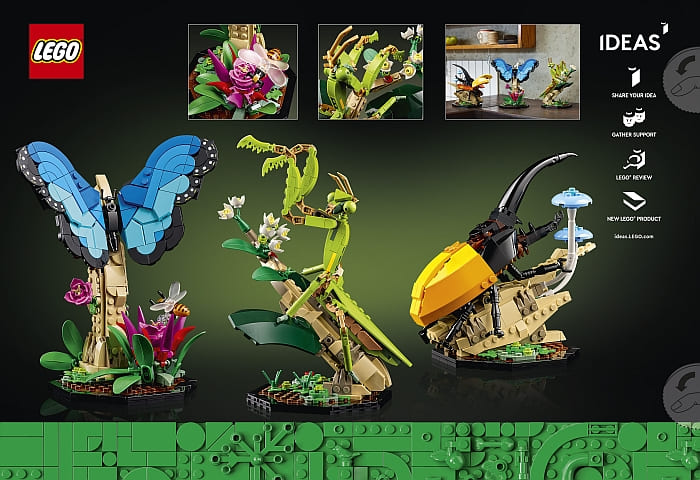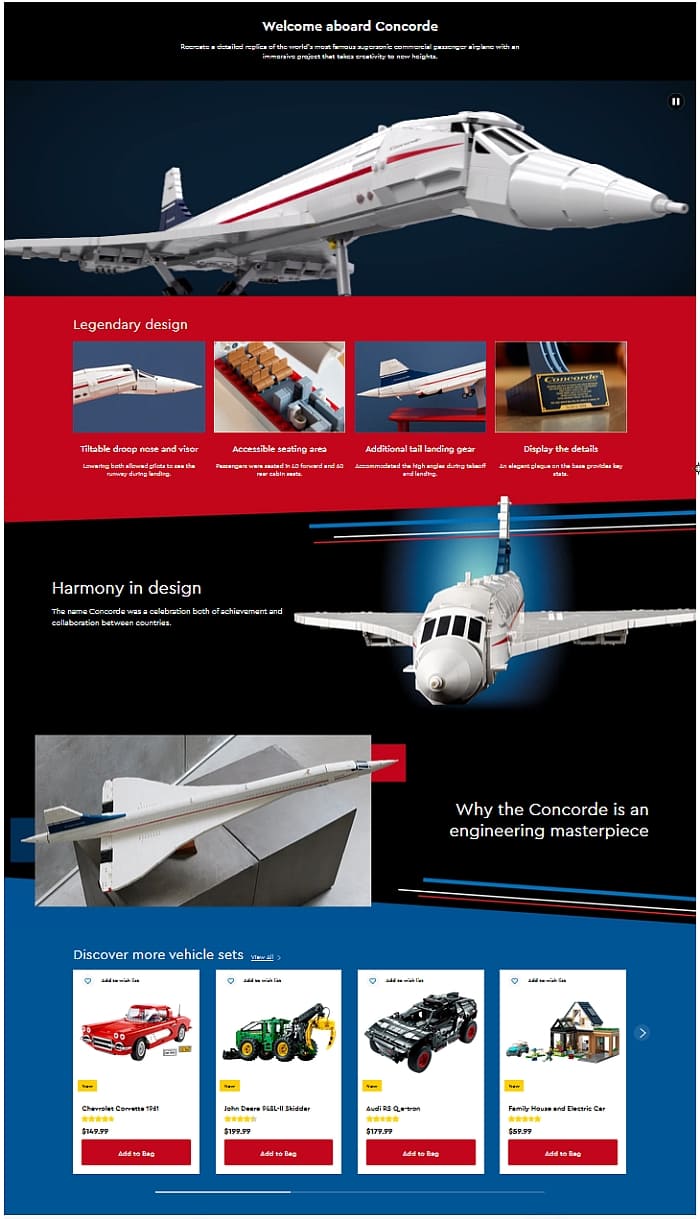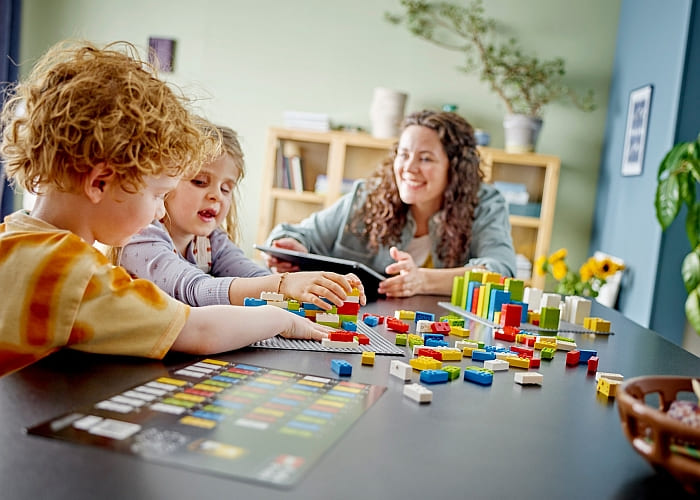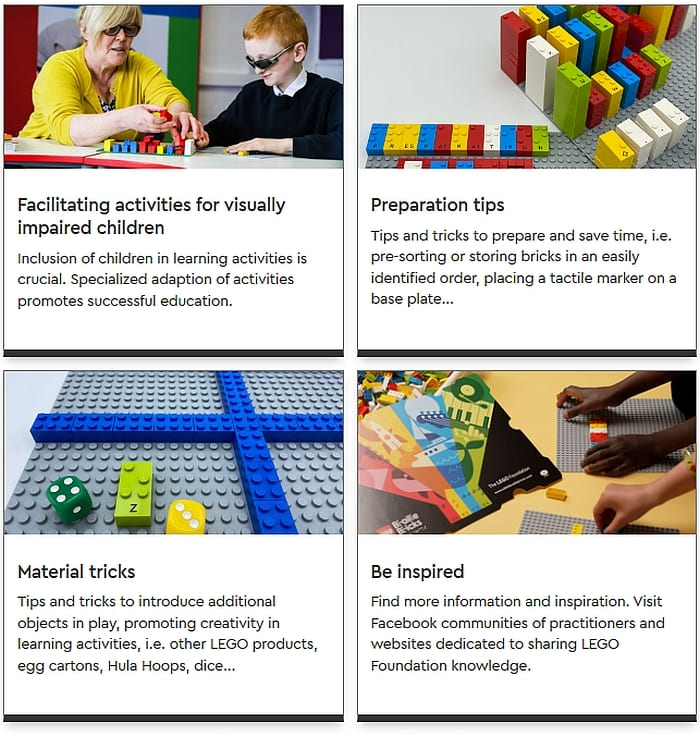The next LEGO Ideas set to be released is the #21343 LEGO Ideas Viking Village. It was announced on the LEGO Ideas blog a few days ago. Below are the details.
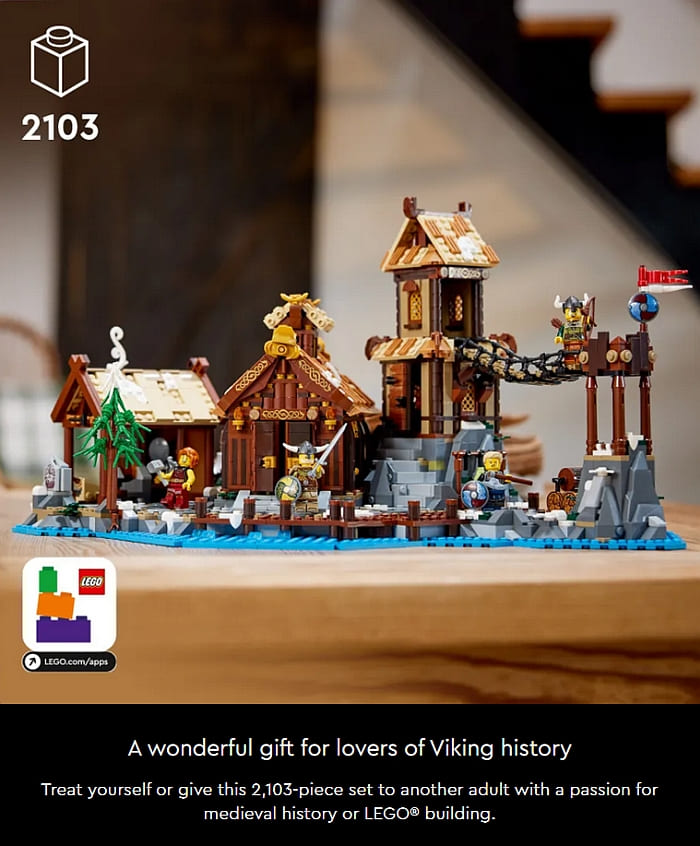
We’re excited to share the latest LEGO Ideas set to join the clan – the 2,103-element LEGO Ideas Viking Village set is here! These rowdy Vikings were originally conceived and submitted by our German LEGO Ideas fan designer Florian a.k.a. BrickHammer in 2020 and Florian’s perseverance meant he even resubmitted it in 2022, although was not approved either of these times. Florian and his Vikings have certainly been on a journey to remember!
So how did his design get put into production? In 2022, in collaboration with US retailer Target, we dug into the LEGO Ideas archives of 10K Club submissions that hadn’t made it and gave the opportunity to three amazing creations to head into a fan vote where the winning design would be turned into a LEGO Ideas set. The Viking Village won the fan vote with over 16,000 votes and was therefore green-lit for production.
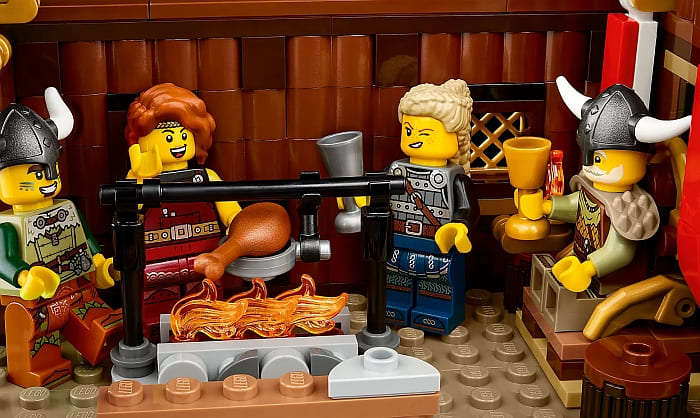
Step back in time and experience life in a Viking Village and its four minifigures; a blacksmith, chieftain, shield-maiden, and an archer.

Build the blacksmith’s smithy where helmets, weapons, and shields are forged. Visit the chieftain’s longhouse where the chieftain sits on a throne and feasts are served. Create a bridge across to the watchtower and explore the cave. This detailed play-and-display model is sure to delight any history buff with an interest in the Viking Age.
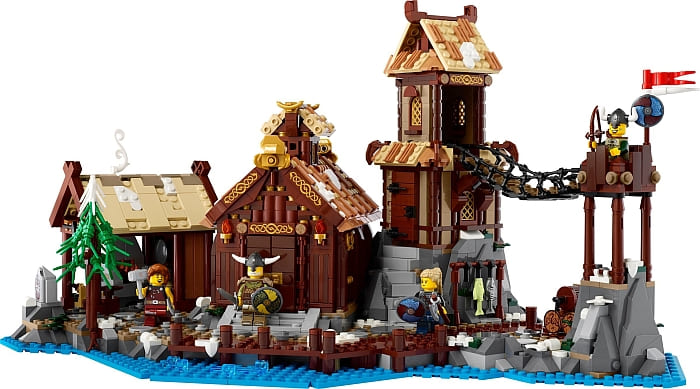
In addition to this, you can discover delightful features such as the blacksmith’s forge with a flame-billowing function, shields printed with Odin’s 2 ravens and 2 wolves, the chieftain’s throne, a bridge to the watchtower, and a cave for mineral mining. And look out for brick-built references to classic LEGO Vikings sets.
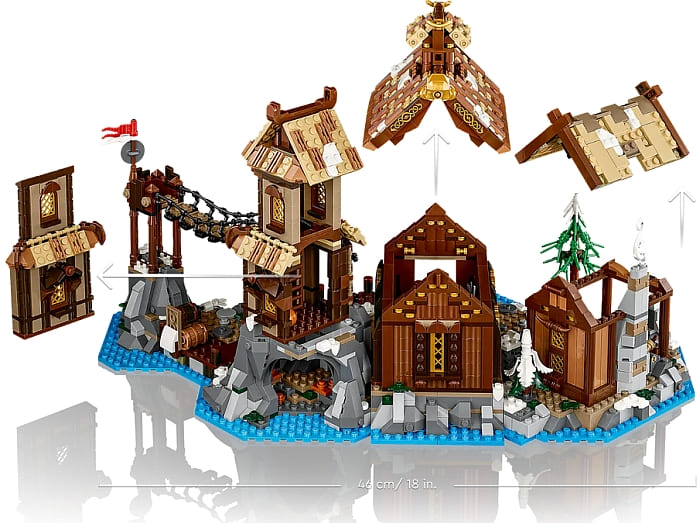
This buildable Viking Village model comprises 3 connectible sections and measures over 9.5 in. (24 cm) high, 18 in. (46 cm) wide, and 10 in. (26 cm) deep. The blacksmith’s smithy and longhouse interiors have removable roofs, and the medieval watchtower has a removable wall for easy viewing of the detailed interiors.
Talking about his inspiration for the design, Florian explains: “Even though the Viking Village does not try to depict a realistic historic Viking village (e.g. I chose to include the 100% imaginary helmets with horns) the idea for the project was actually sparked by my own studies at university. One of the main topics of one of my final exams was the Norman conquest of 1066 and the influence it had on Anglo-Saxon society. As a result of reading several books about Norman (French) culture and its origins in Danish Viking culture, I just had to create a Viking MOC.” Florian had many more things to say about his project which you can read about in his 10K Club Interview.
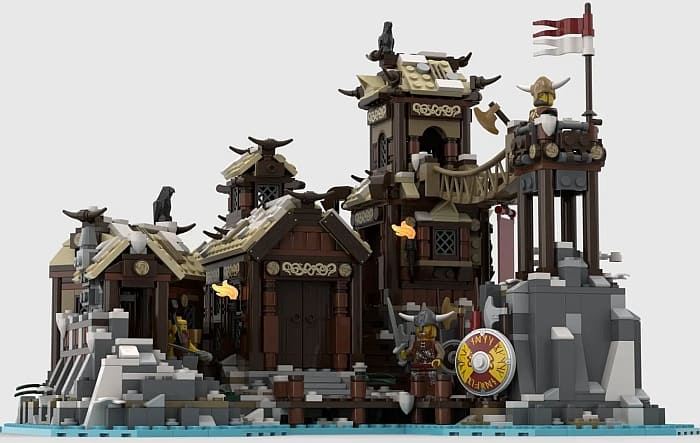
Florian’s incredible idea was brought to life as an official LEGO Ideas set by LEGO Design Manager Isaac Snyder and Graphic Designer Johanna Wurm Jensen.
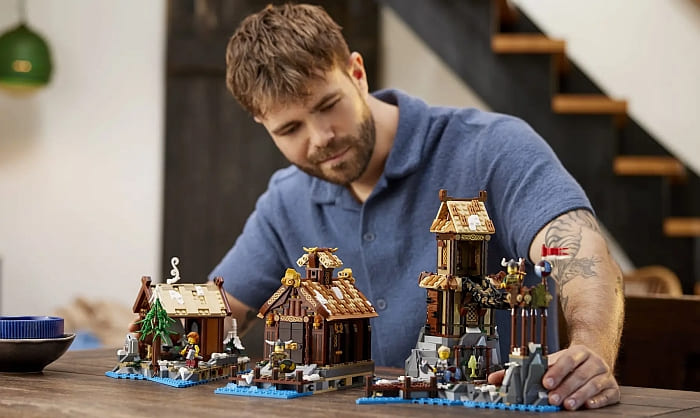
The LEGO Ideas Viking Village will be available worldwide and open for pre-order via the Online LEGO Shop from the 1st of September, 2023 for the recommended retail price of $129.99 / €139.99 / £124.99 (EURO pricing varies by country. For regional prices please visit LEGO.com/shop). For more information, visit the LEGO Ideas section of the Online LEGO Shop.
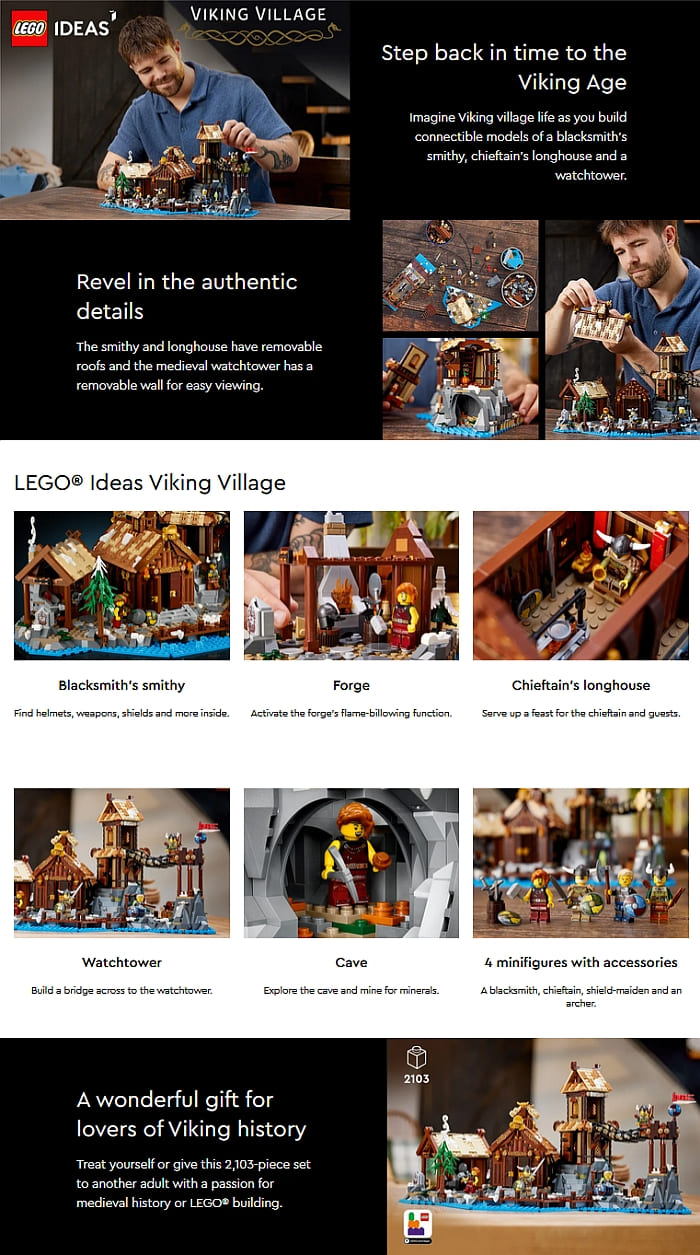
What do you think? How do you like the LEGO Ideas Viking Village set? Are you planning to add it to your collection? Feel free to share and discuss in the comment section below!
And you might also like to check out the following related posts:










